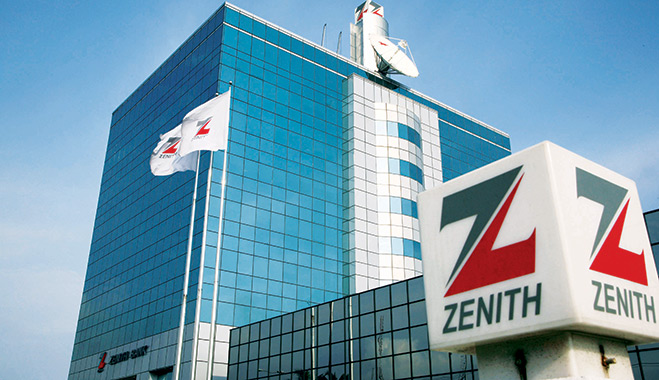Zenith Bank grew H1 revenue by 139% to N967bn
Zenith Bank grew gross earnings by 139 per cent from N404.8bn to N967.3bn in the first half of the year, driven by improved interest income and gains from foreign exchange revaluation.
According to the financial group’s H1 2023 report filed with the Nigerian Exchange Limited on Monday, profit after tax improved by 161.84 per cent to N291.7bn at the end of June 2023.
The board of directors of the financial institution also proposed 50 Kobo as an interim dividend, which was 66.67 per cent higher than the dividend of 30 Kobo for the corresponding period in 2022.
Interest income grew by 72 per cent from N241.7bn in H1 2022 to N415.4bn, while trading gains rose by 21 per cent to N103bn during this period.
The growth in interest income was attributed to the impact of both the growth and repricing of risk assets. The liberalisation of the foreign exchange market during the period spurred the growth in non-interest income as revaluation gains improved significantly.
In terms of efficiency, the bank’s cost-to-income ratio improved from 58 per cent to 38.5 per cent in H1 2023, on the back of an enhanced income line. The liberalisation of the foreign exchange market coupled with the heightened risk environment resulted in cost of risk growing from 1.4 per cent to 8.8 per cent.
During the period under review, the cost of funding also grew year-on-year from 1.4 per cent in H1 2022 to 2.6 per cent in H1 2023 because of the spike in interest rates between both periods as interest expense grew from N57bn in H1 2022 to N153.6bn in H1 2023.
The bank’s total assets rose by 31 per cent from N12.3tn in December 2022 to N16tn in H1 2023, mainly driven by growth in customers’ deposits and the devaluation of the local currency. Customers’ deposits grew by 30 per cent from N9tn in December 2022 to N11.6tn.
Loans and advances also grew by 32 per cent from N4.12tn in December 2022 to N5.38tn during the period under review, partly due to the revaluation of the foreign currency-denominated loans as well as growth in local currency loans.





















